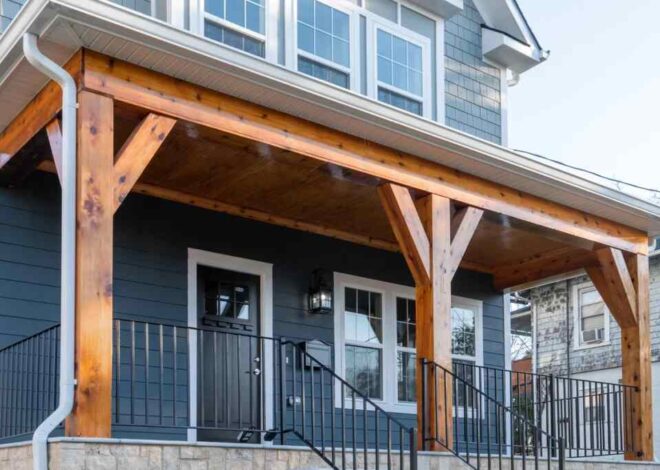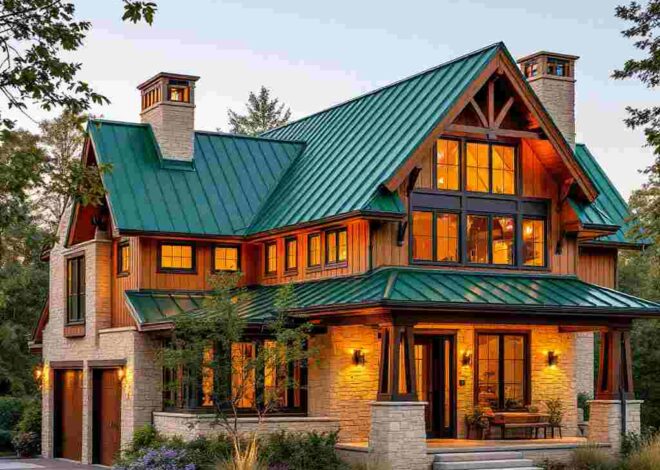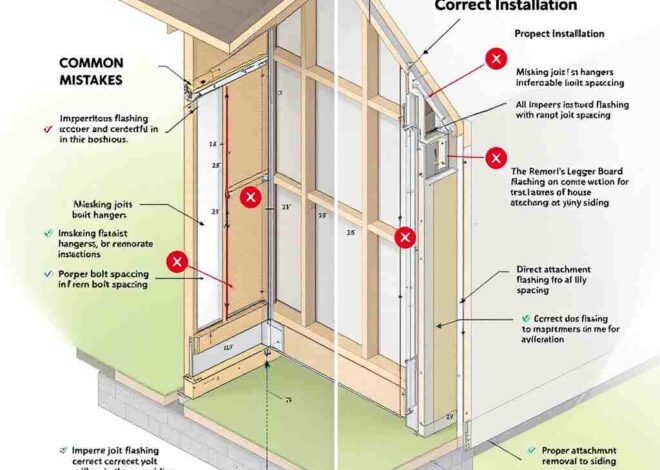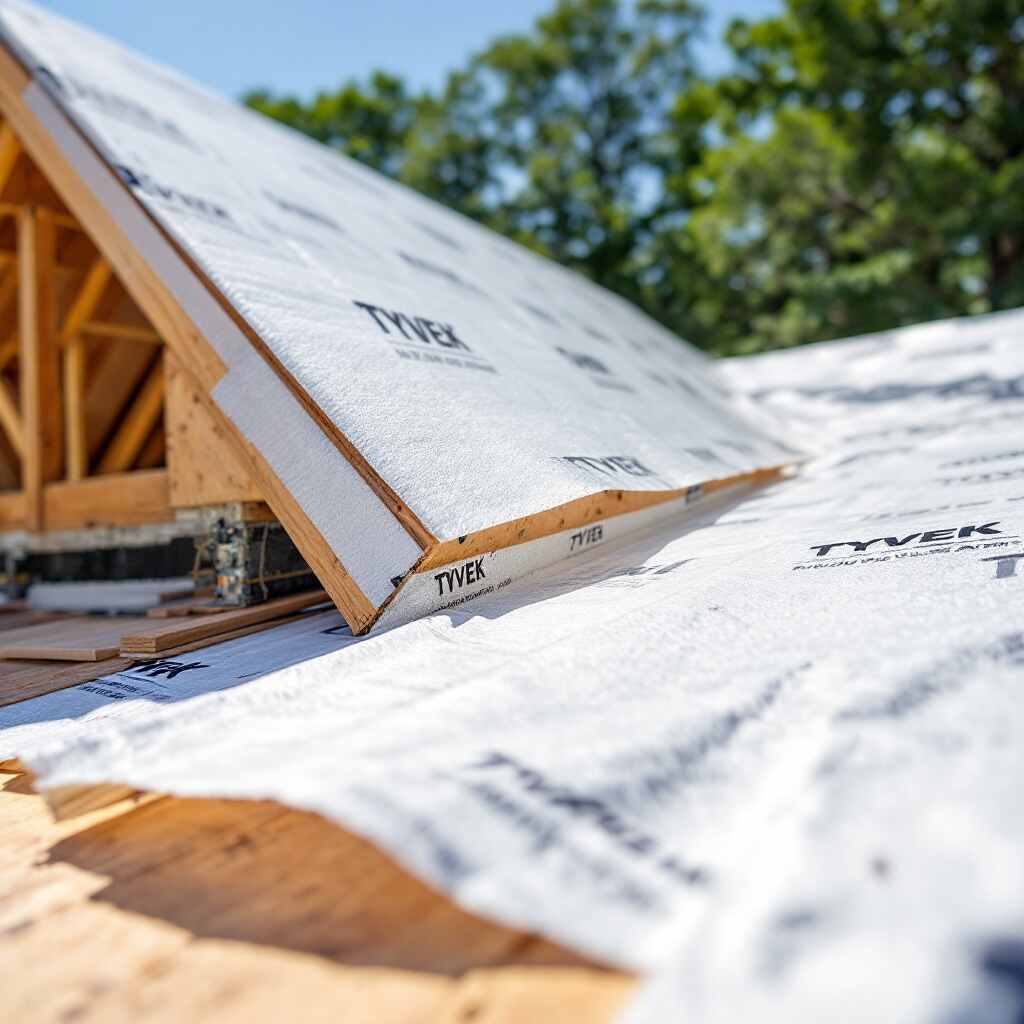
Using Tyvek on a Roof: Is It Suitable for Home Projects?
Tyvek House Wrap is widely regarded for its exceptional use in building constructions, particularly for walls. It’s known for being a breathable, water-resistant barrier that significantly enhances the building’s energy efficiency, moisture control, and durability. However, a standard query often arises: “Can you use Tyvek House Wrap on a roof?” Understanding the suitability of materials for specific applications like roofing is crucial for maintaining the integrity and longevity of a structure.
What is Tyvek House Wrap?
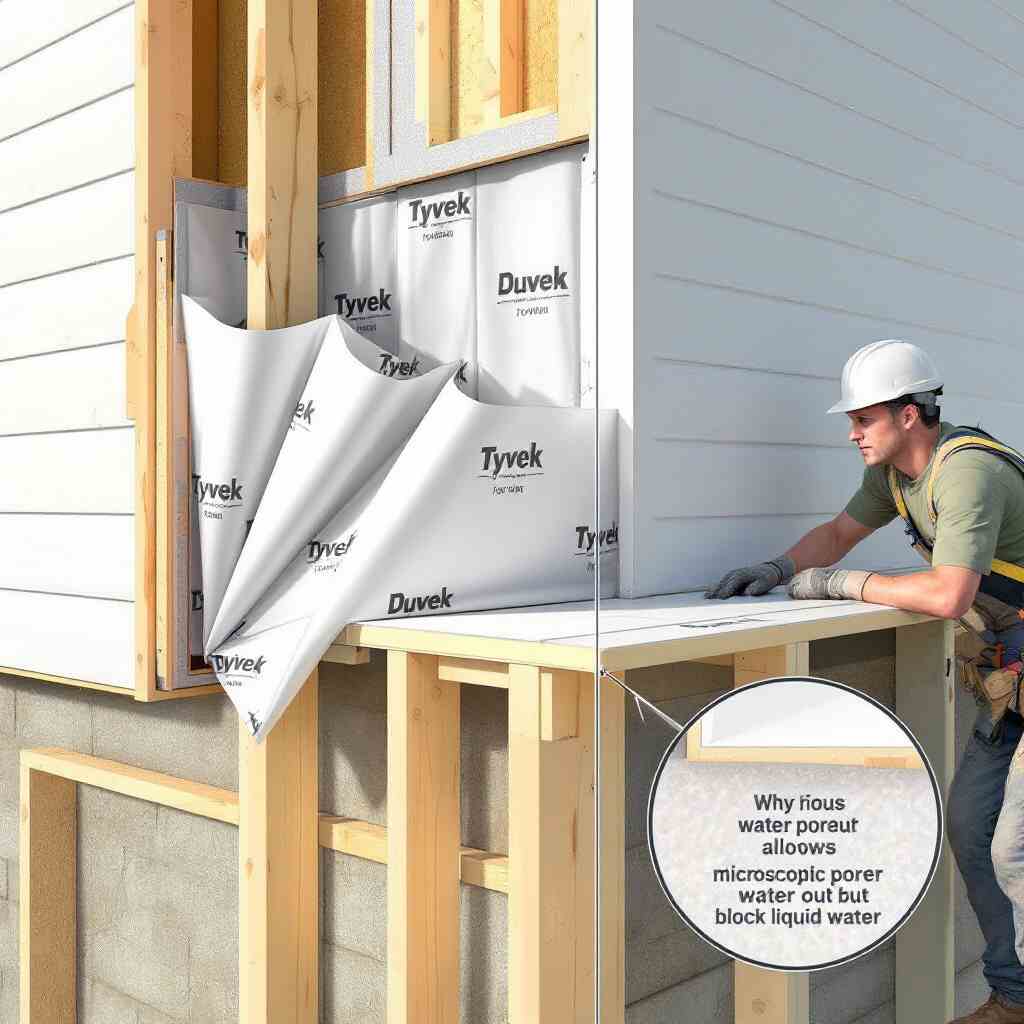
Definition and Purpose
Tyvek House Wrap is a synthetic material made from high-density polyethylene fibers. It is primarily used as a protective membrane under the siding on the exteriors of buildings. Tyvek’s primary purpose is to prevent air and water ingress into wall systems while allowing moisture vapor to escape, helping control energy costs and avoid mold and water damage.
| Product | Description | Use | Benefits |
|---|---|---|---|
| Tyvek Supro | Vapour permeable roofing underlay | Pitched roofs under tiles or slates | Reduces wind load, resists wind-blown snow and dust, minimizes condensation risk |
| Tyvek Protec | Engineered synthetic roofing underlayment | Steep slope applications under asphalt shingles or metal | Provides a durable water barrier, enhances roof deck protection, and offers industry-leading walkability |
| Tyvek Roof Protector | Synthetic roofing underlayment | Steep slope applications under asphalt shingles or metal | Offers a reliable water barrier, slip-resistant surface, and protects the roof deck |
Key Features
The material features a unique nonwoven structure that makes it highly breathable, allowing moisture vapor to escape but blocking liquid water. This is crucial in keeping the interior dry and reducing the risk of mold and structural damage. Moreover, Tyvek House Wrap is resistant to wind and rain, and when paired with proper insulation, it helps maintain the building envelope’s R-value or thermal resistance.
Can Tyvek House Wrap Be Used on a Roof?
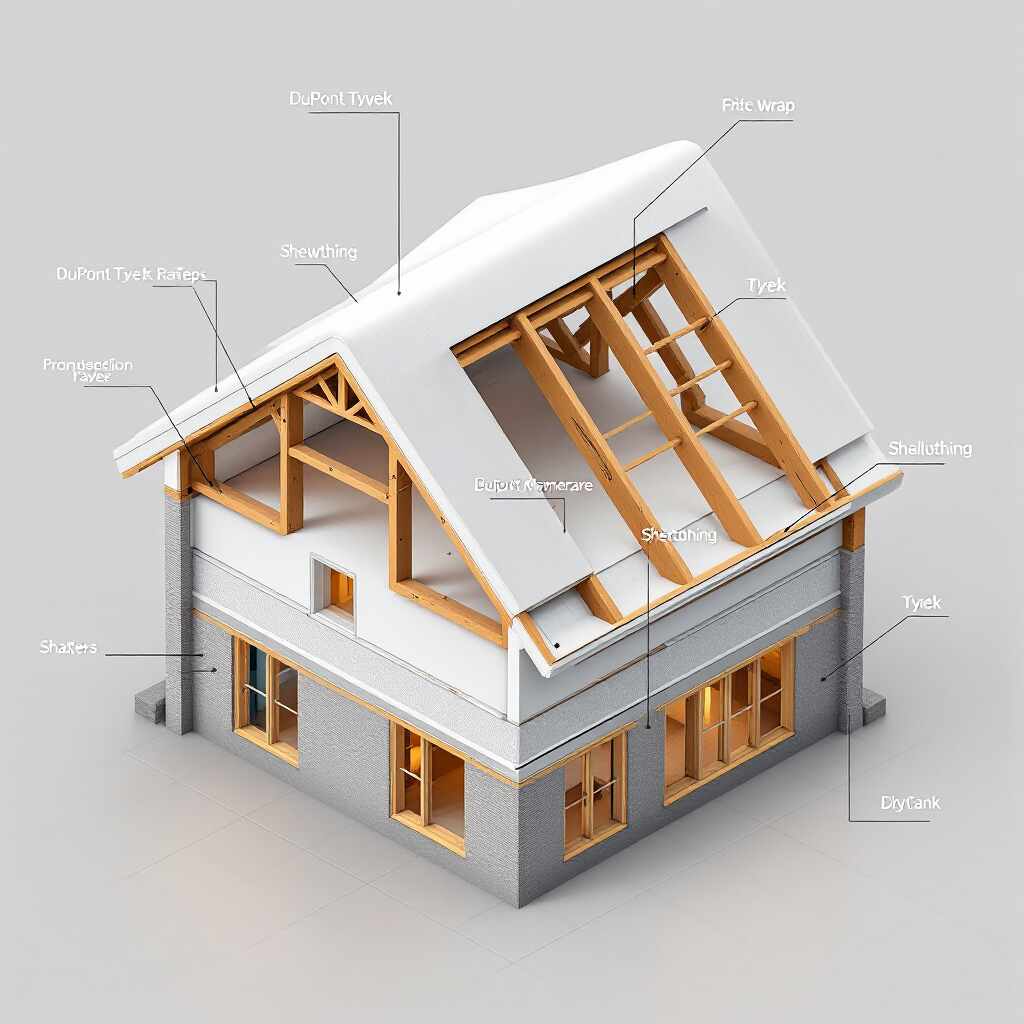
Understanding Material Limitations
While Tyvek is excellent for wall applications, it is not explicitly designed for roof use. Roofs have different environmental and durability requirements compared to walls. For instance, roofing materials typically need to withstand prolonged exposure to direct sunlight and be capable of handling more direct water exposure.
Expert Opinions
Experts in building construction and materials, like those from Green Building Advisor, clearly state that “Tyvek is not designed for roofing applications.” They recommend using products specifically designed for roofs, such as synthetic underlayments or systems like Zip sheathing for better protection and durability.
You may also read (preventing roof condensation guide)
Alternatives to Tyvek for Roofing
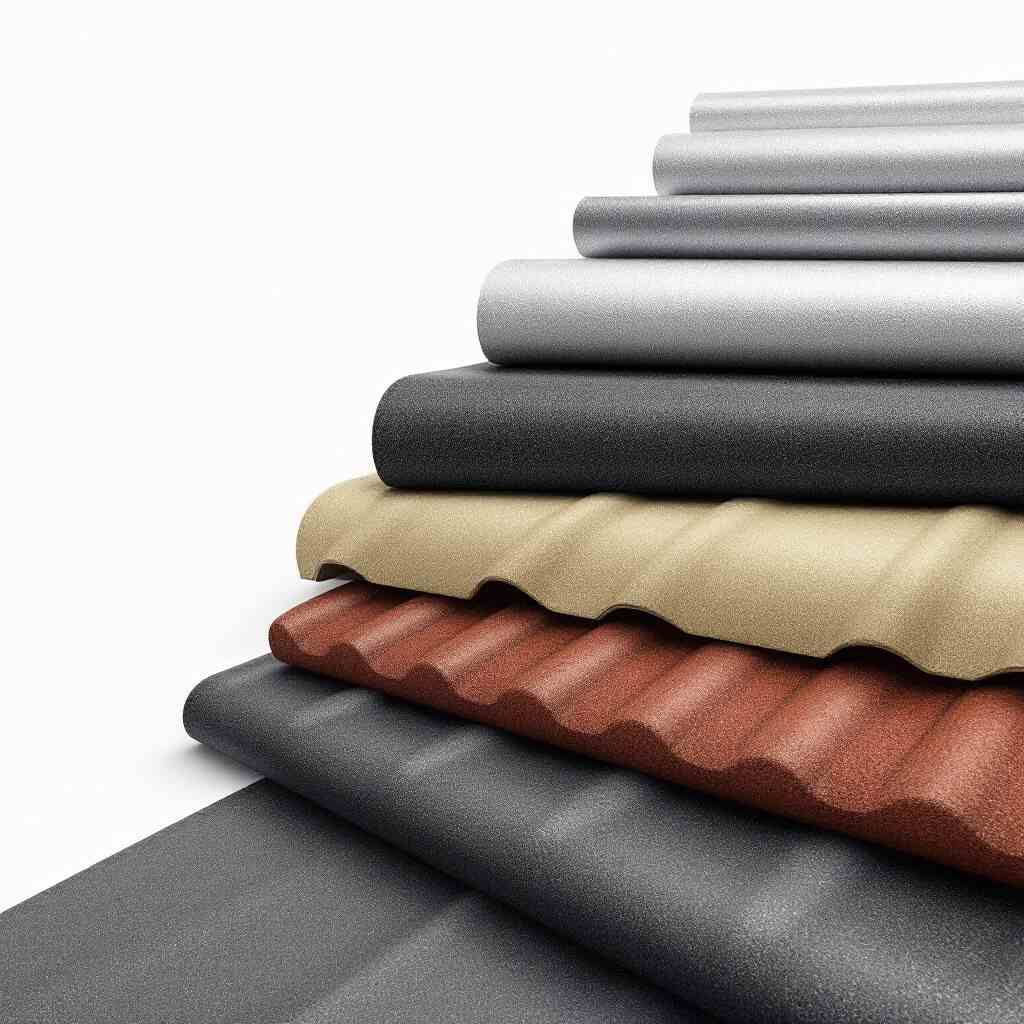
Synthetic Roofing Underlayments
Synthetic underlayments are materials specially designed for roof protection. They provide several advantages over Tyvek on roofs, including superior water resistance and UV protection. Brands like Grace Tri-flex and others offer robust, durable, and specifically engineered products to meet the demands of roofing environments.
Zip Sheathing
Another alternative is Zip sheathing, which comes with a built-in water-resistant barrier. This solution not only serves as a sheathing material but also as a moisture and air barrier. Using Zip System tape to seal seams ensures a tight, waterproof, and durable roof system, far superior to what Tyvek can offer when misapplied on roofs.
Risks of Using Tyvek on a Roof

Performance Issues
If Tyvek is used on a roof, it may not provide adequate protection against water infiltration, particularly during heavy rain. This can lead to potential consequences such as mold growth, leaks, and even structural damage over time.
Durability Concerns
Tyvek has a limited tolerance for UV exposure, typically up to 120 days. Beyond this, the material can degrade, losing its structural integrity and effectiveness. On the other hand, roofing materials are designed to withstand exposure for much more extended periods.
| Feature | Description |
|---|---|
| Use as Roofing Underlay | Tyvek membranes can be used as a secondary water shedding layer in pitched roofs, minimizing wind load and resisting wind-blown snow and dust |
| Standards Compliance | Suitable for use in accordance with BS5534:2014 and A2.2018 standards for roofing underlays |
| Moisture Management | Allows water vapor to escape, reducing the risk of interstitial condensation within roof constructions |
| UV Sensitivity | While sensitive to UV, this is less of an issue for roofing applications where it is typically covered by roofing materials shortly after installation |
| Installation Considerations | Must be installed correctly to ensure effectiveness; overlaps and seams should be taped securely |
When Might Tyvek Be Used Temporarily?
Emergency Situations
In scenarios such as a sudden construction delay or unexpected weather events, Tyvek might be used temporarily to offer protection. However, this should only be a short-term solution until proper roofing materials can be installed.
Limitations of Temporary Use
It is critical to understand that Tyvek should not be considered a permanent solution for roofing needs. It lacks the necessary properties and certifications for roofing applications and should only be used temporarily under specific conditions.
Comparing Tyvek House Wrap to Roofing Materials
FeatureTyvek House WrapSynthetic Roofing Underlayment
Designed Purpose Walls Roofs
Water Resistance Moderate High
UV Tolerance 120 Days Up to 6 Months
Breathability High Varies
Installation Ease Easy-Moderate
Conclusion: Can You Use Tyvek House Wrap on a Roof?
Final Answer
While Tyvek House Wrap is an excellent material for wall applications, it is not suitable for use as a permanent roofing material. It is designed to perform under specific conditions that do not align with the environmental and physical demands of roofing.
You may also read (blue roof design for modern houses)
